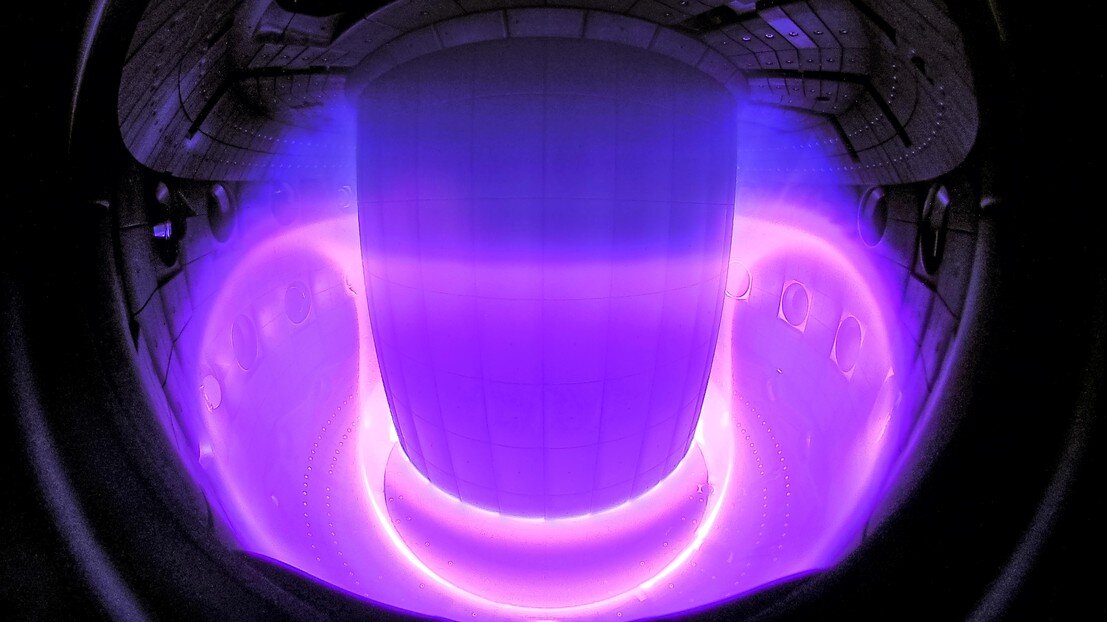#Researchers describe nanoparticles behavior in vivo
“#Researchers describe nanoparticles behavior in vivo”
“There are similar cases in clinical practice when a patient is initially injected with nanoparticle MRI contrast agents (magnetic particles) and then with the therapeutic NP such as liposomes carrying drugs. We have shown that particles can affect each other, which may influence the treatment,” said the study’s author, Ivan Zelepukin, a researcher at the Russian Academy of Sciences Institute of Bioorganic Chemistry and MIPT.
What appeared to be one of the key aspects was the NP-injected organism’s state. For instance, the particle circulation could significantly vary among mice of different genetic strains. Notably, this difference was evident only for small 50-nanometer particles but not for bigger nanoagents. Besides, if the animal had a large tumor, small NP were eliminated from the blood more rapidly; the larger the cancer tumor was, the less time the blood clearance took.
The researchers assume this may be linked to dynamic changes in the immune system and its increased ability to recognize foreign matter in response to pathology. These findings draw attention to the importance of considering the impact of the organism’s condition on the effectiveness of nanoparticles in designing the optimal nanodrugs—an aspect that has traditionally been ignored.
“This is the first time such a comprehensive study of NP with extremely high clearance rate has been carried out. It would have been impossible without the methodology that is being developed at the General Physics Institute of RAS. The MPQ technique combines high sensitivity, high time resolution, and quantitative accuracy. Apart from that, it is noninvasive and it enables detection of NP content almost in real time,” said Petr Nikitin, a co-author of the study and the head of the Biophotonics Lab at the General Physics Institute of RAS.
“Our method allowed us to detect new circulation patterns and obtain a great amount of valuable information. For example, we have found out that animals had different particle dynamics depending on their immune status, presence of tumors, etc. Meanwhile, the advanced methodology required much fewer animals for the study. This is essential not only in terms of time and finances but also the ethics of animals’ treatment in line with the principle of the 3Rs (Replacement, Reduction and Refinement). We assume that a deeper understanding of the underlying mechanisms may considerably facilitate the rational design of nanomaterials with advanced surface functionality and superior pharmacokinetics for the next generation diagnostics and therapeutics.”
More information:
Ivan V. Zelepukin et al. Fast processes of nanoparticle blood clearance: Comprehensive study, Journal of Controlled Release (2020). DOI: 10.1016/j.jconrel.2020.07.014
Researchers describe nanoparticles behavior in vivo (2020, August 4)
retrieved 4 August 2020
from https://phys.org/news/2020-08-nanoparticles-behavior-vivo.html
This document is subject to copyright. Apart from any fair dealing for the purpose of private study or research, no
part may be reproduced without the written permission. The content is provided for information purposes only.
If you want to read more Like this articles, you can visit our Science category.
if you want to watch Movies or Tv Shows go to Dizi.BuradaBiliyorum.Com for forums sites go to Forum.BuradaBiliyorum.Com




